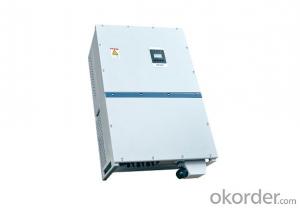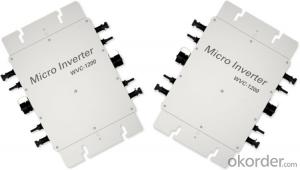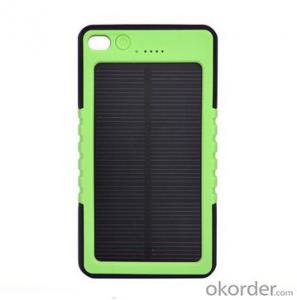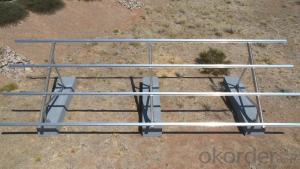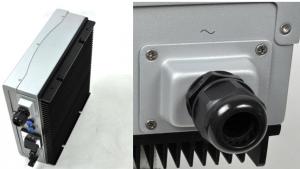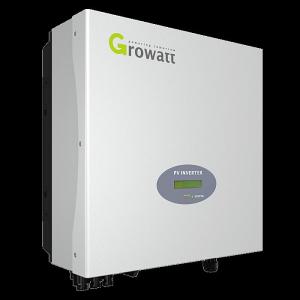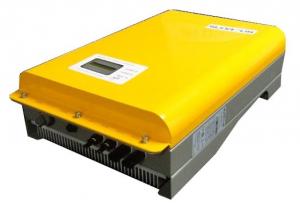Tesla Solar Inverter App
Tesla Solar Inverter App Related Searches
App For Solar Inverter Delta Solar Inverter App Solar Edge Inverter App Solis Solar Inverter App Tesla Solar Inverter Best Solar Inverter App Huawei Solar Inverter App Tesla Inverter Solar Tesla Solar Power Inverter Sofar Solar Inverter App Abb Solar Inverter App Sma Solar Inverter App Tesla Solar Panel Inverter Tesla Solar Inverter Manual Tesla Hybrid Solar Inverter Tesla Solar Micro Inverter Tesla Solar Roof Inverter Tesla Solar Inverter Specs Tesla Solar Inverter Price Tesla Solar Inverter Cost Tesla Solar Inverter Pakistan Tesla Solar Inverter 5kw Tesla Solar Inverter 3kva Tesla Solar Inverter Warranty Install Solar Inverter Solar Tech Inverter Use Of Solar Inverter Application Of Solar Inverter Solar Solar Inverter Inverter Solar CellTesla Solar Inverter App Supplier & Manufacturer from China
Tesla Solar Inverter App is a user-friendly software solution designed to manage and monitor the performance of Tesla's solar energy products, including their solar panels and Powerwall home battery systems. This app allows users to track energy generation, consumption, and storage in real-time, providing valuable insights to optimize their solar energy usage and maximize efficiency. It serves as an essential tool for homeowners and businesses alike, enabling them to make informed decisions about their energy consumption and savings.The Tesla Solar Inverter App is particularly useful for those who have invested in Tesla's solar energy solutions, as it offers a seamless way to manage their solar power systems. Users can remotely access the app from their smartphones or tablets, ensuring they have constant visibility into their energy production and storage levels. This allows them to make adjustments to their energy usage patterns, such as scheduling high-energy-consuming appliances during peak solar production times, and helps them to reduce their reliance on grid electricity.
As a leading wholesale supplier, Okorder.com boasts a vast inventory of Tesla Solar Inverter App products, catering to the needs of various customers. This extensive selection ensures that customers can find the right solar inverter app solution for their specific requirements, whether they are looking for a residential or commercial application. By partnering with Okorder.com, customers can benefit from competitive pricing, fast shipping, and reliable customer support, making the process of acquiring and implementing Tesla's solar energy solutions more convenient and efficient.
Hot Products


